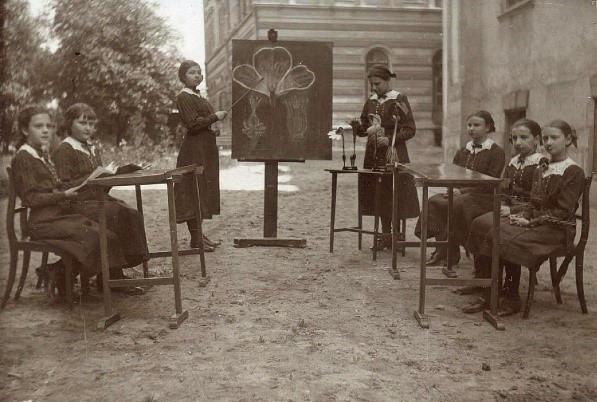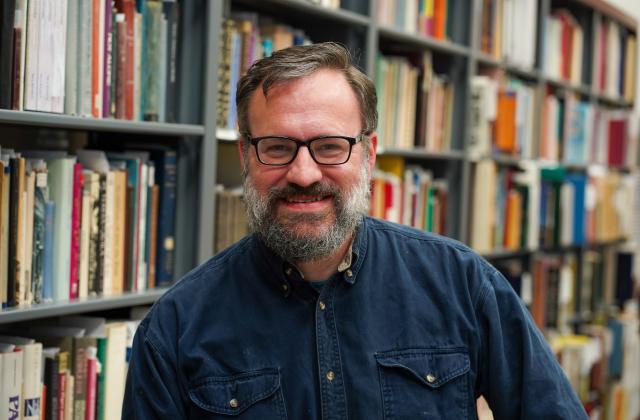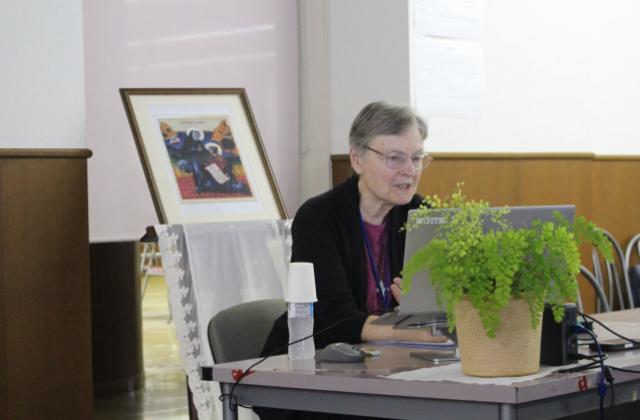On 17 July 2014, Malaysian Airlines Flight 17 was shot down by a rocket launched by pro-Russian forces in the Donetsk region of Ukraine. On board was an Australian Religious of the Sacred Heart (RSCJ), Phil Tiernan, who was returning home from a workshop in England, a retreat in Joigny, and a family reunion in Holland. She died in Ukraine.
Sister Tiernan was not the first RSCJ to lose her life in that country. Many of our sisters are buried there. But to explain why, we will need to explore the Society’s history in Ukraine, which began nearly 180 years ago.

In the nineteenth century, Lviv (also known as Lemberg, Lwów, and Leopolis) was a city where Poles, Ruthenians, Ukrainians, Jews, Armenians, Germans, Austrians, Hungarian, Scots, Turks and Tartars lived together. Lviv, which has been, in turn, Polish, Austrian, Russian, and finally, Ukrainian, was part of the Habsburg Monarchy from 1772 (when the Habsburgs created the kingdom of Galicia and Lodomeria following the First Polish Partition of the Polish-Lithuanian Commonwealth) to 1918 and was known in German as Lemberg.
In 1841, a Jesuit priest asked Madeleine Sophie Barat to send a group of religious who could take charge of a group of young women under his direction in a residence in Lviv. This invitation was inspired by the Galician (Polish) nobility, who wanted a good education of French origin (rather than German) for their children. The Sacred Heart Institute in Lviv reflected the openness, tolerance and sympathy for other nations, as well as the mutual cordiality that has always characterized the inhabitants of Lviv. The institute’s young women belonged to various social classes and even to various faiths.
Read the full article at RSCJ International.
Additional news and resources from RSCJ International
Statement of solidarity from the Provincials of Europe



